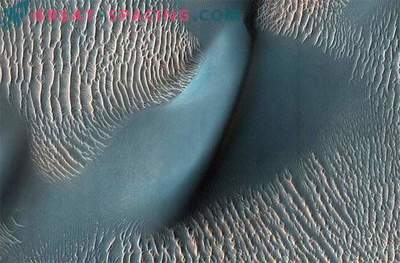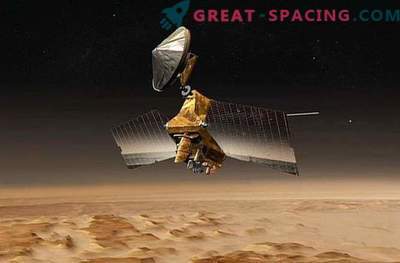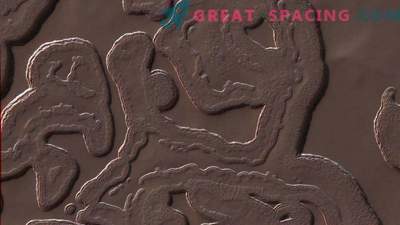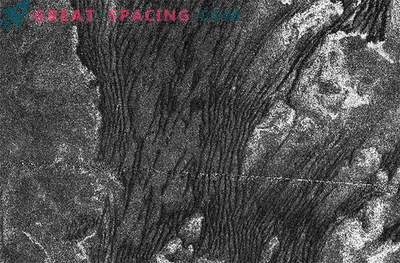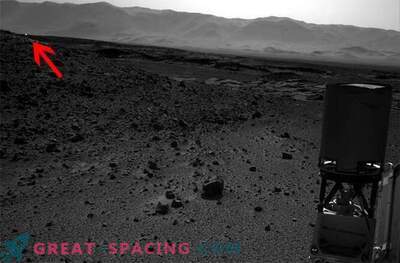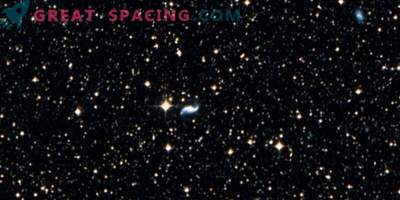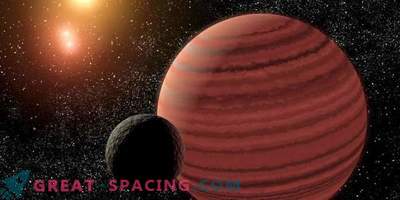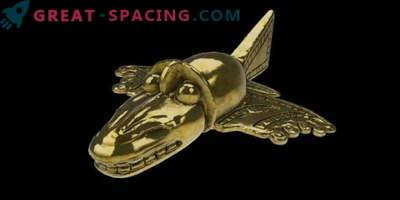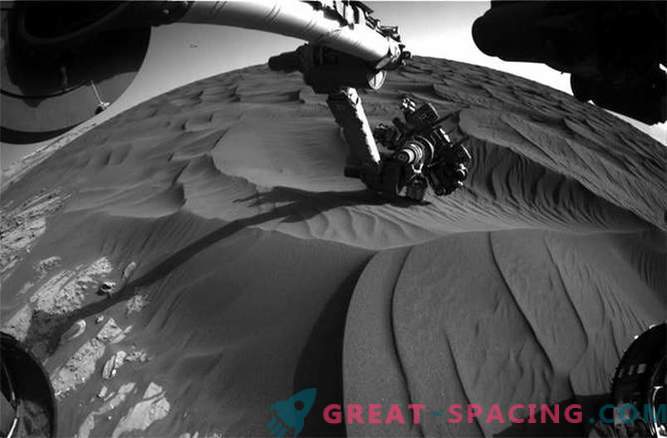
How does the wind blow on Mars? At first this question seems simple, but scientists are still stubbornly studying this phenomenon. Observation is made from several meteorological stations on the surface. One of the best results was obtained from observing sand dunes in orbit. Scientists have noticed huge formations, which in March on the surface of Mars reach several feet per year.
In recent months, the Curiosity rover is maneuvering at a previously inaccessible distance, so that it can take a close-up view of these dunes and capture in great detail how these grains of sand are moving. Scientists plan to uncover a number of secrets, among which: why, unlike Earth, ripples appear only on some sand dunes, and why they have different textures. Then you will read what are the latest findings on the observation of the dunes of Mars.
Behind the Dune
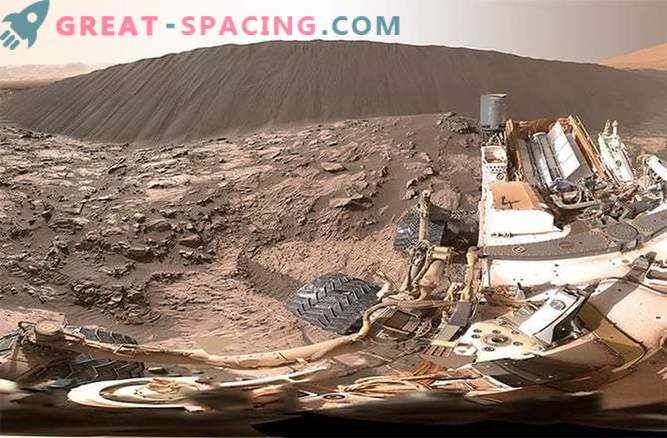
This is one of the first images from a rover next to a large dune on Mars. Earlier, NASA Spirit and Opportunity rovers captured much smaller ripples. NASA is trying to find out more information about how the dunes differ in steep phalanges, as shown in the picture and how they move on Mars. The challenge is to model the movement of wind and sand on the planet, which are obviously not as well known as those on Earth. Mars rover Curiosity is looking for evidence of sand slides, which were formed relatively recently - about a season ago in Martian conditions.
Last resting place of Spirit
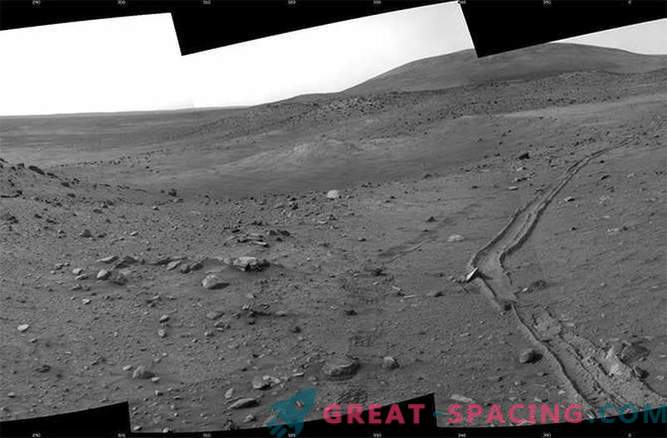
In 2009, the Spirit rover studied the Gusev Crater, filled with fluffy regolith, when it was mired in a sand trap called “Troy”. At that time, the dunes had not yet been studied, and scientific studies about the stuck rover showed that sand could be hidden under them. In this case, the rover was at the top of the sulphate deposit associated with the hydrothermal (steam) vent. The failure of the rover showed how difficult it is to predict the composition of the sand even in the flat regions of Mars.
Endeavor Ripples
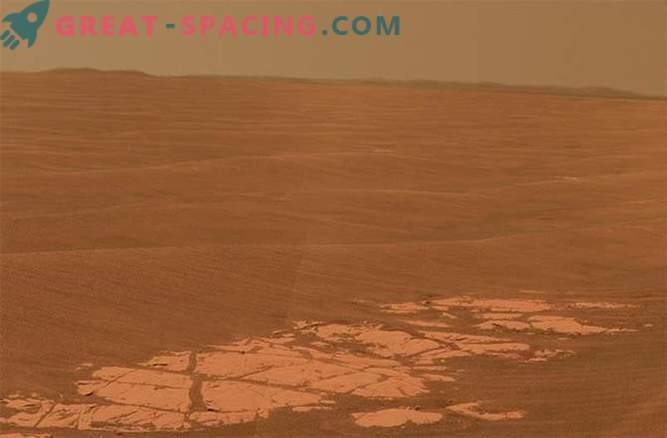
Over the past few years, the Opportunity rover is studying the crater Endeavor. This photo was taken during the rover movement in April 2010 on the dune. The images here are relatively small - only 20 centimeters (8 inches). The bright spot in the foreground is rocky naked rock. Opportunity controllers changed their route to Endeavor after detecting ripples in the sand (more than those shown here) that could pose a threat to the rover's performance.
On the Go
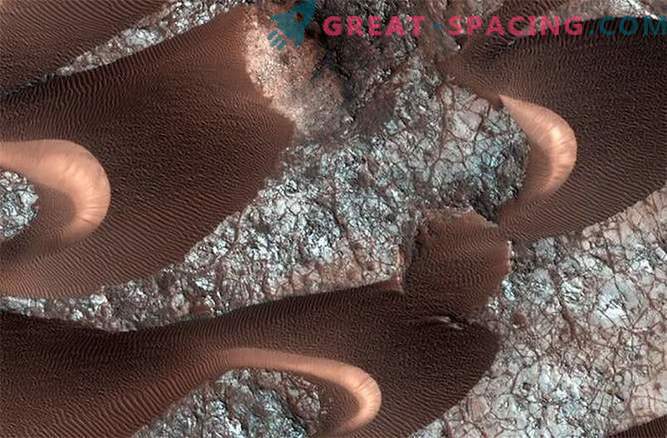
In 2014, HiRISE, a powerful camera in Mars orbit, captured the dunes in the highly active region of Neely Pater. It was tracked that the dunes move an average of 1.7 meters (5, 5 feet) in less than four Earth months in accordance with an article in the journal Geophysical Research Letters. What is even more surprising is how large the dunes are: up to 50 meters (164 feet) high.
Dunes with a turtle shell pattern
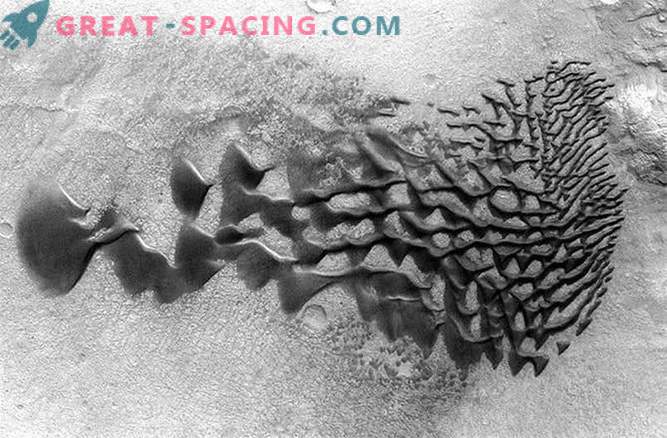
Again, this image shows the amazing extent of the dunes on Mars. This photograph shows the formation in the Bunge crater, adopted by the NASA thermionic formation system in 2006, covering an area approximately 14 kilometers (9 miles) wide. The dunes are moving to the left of the image in perspective. Scientists are doing everything possible to understand these processes, using computer models and comparing the Martian dunes with those that exist and have been studied on Earth.
Dunes in the Trap
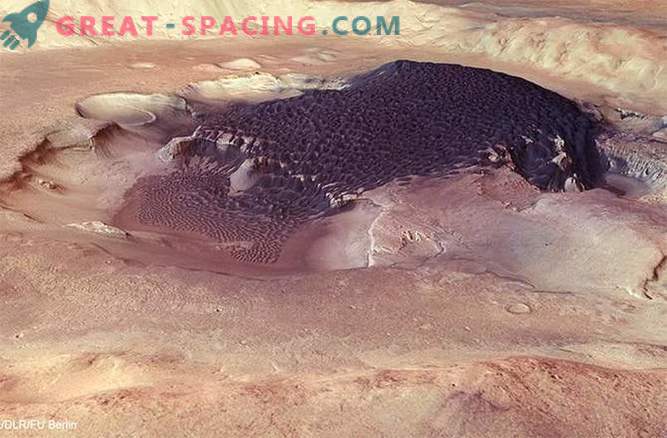
This photograph taken by ESA Mars Express shows that the dunes in the Trap crater reach 200 meters (656 feet). This is almost two times the height of the Empire State Building. It consists mainly of basalt (volcanic rock) and has a complex geology, according to the European Space Agency: “Its flat floor has a number of small craters and large sunken pits. The main part of the dunes sits on the flat remnant of the original crater, but then some of the parts fall sharply down into the pits ”.

